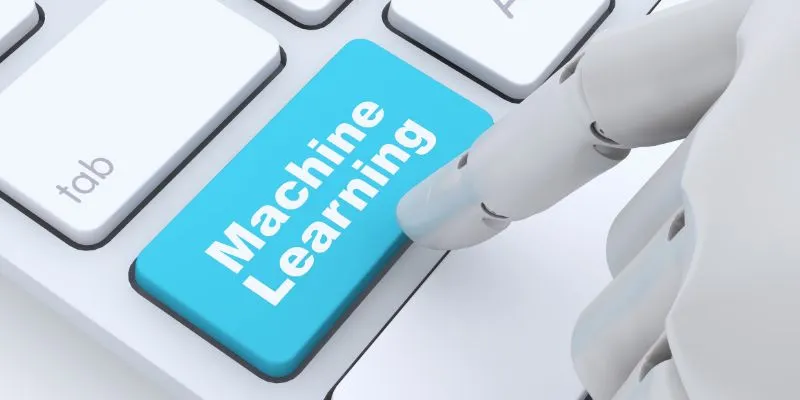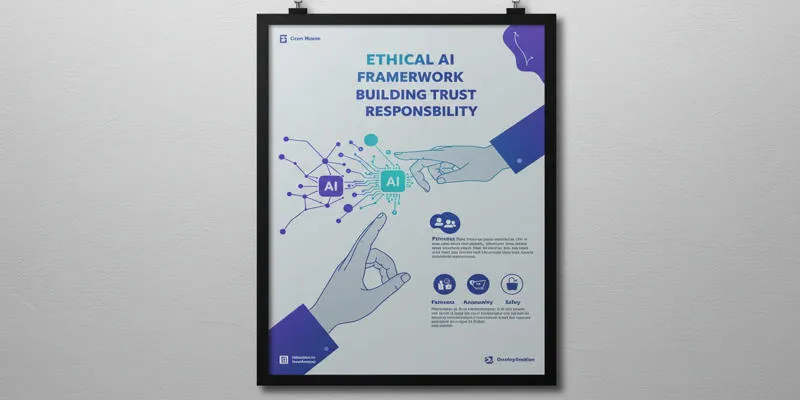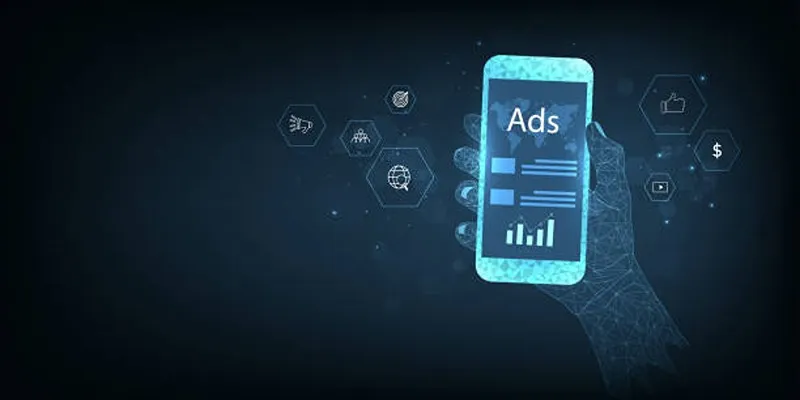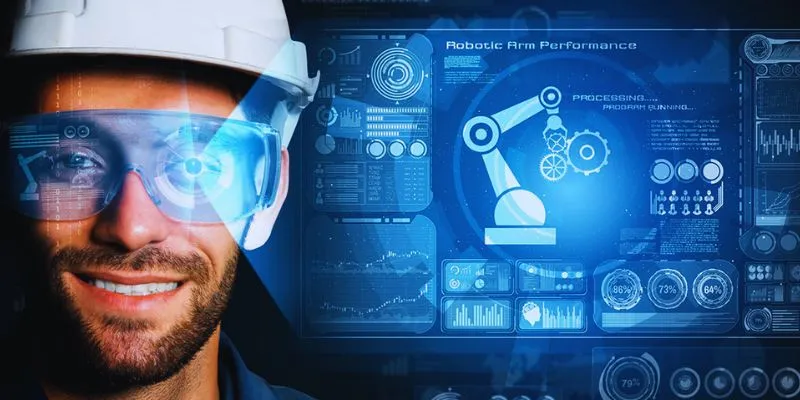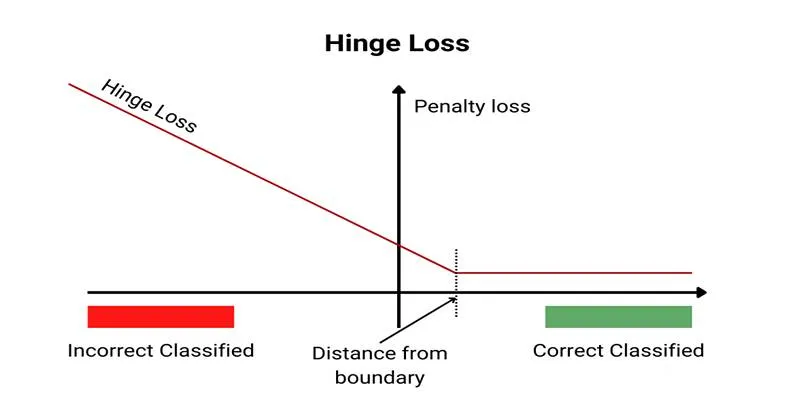In today’s rapidly evolving AI landscape, accuracy and relevance are crucial. Although large language models (LLMs) are impressive, they often grapple with outdated information and generate text solely based on their training data. To address this, developers are increasingly using Retrieval-Augmented Generation (RAG) frameworks, which integrate language models with external knowledge sources. This approach enables applications to produce real-time, fact-backed, and context-aware responses.
This post explores the top 5 RAG frameworks for AI applications in 2025, comparing their strengths, features, and ideal use cases. These tools are instrumental in helping developers build smarter, more reliable AI systems across diverse industries.
What Is a RAG Framework?
A RAG framework enhances AI tools by retrieving information from databases, documents, or APIs and generating content based on the retrieved data. Rather than relying solely on stored information, RAG enables models to access updated data whenever queried.
This structure typically comprises two main components:
- Retriever : Locates relevant content or documents from a data source.
- Generator : Utilizes a language model to craft a well-structured answer based on the retriever’s findings.
This configuration enhances the accuracy, transparency, and performance of AI systems in real-world applications.
1. LangChain
LangChain is among the most popular frameworks for building RAG-based systems. Designed for developers, LangChain facilitates the integration of language models with a broad range of external tools, from document stores to APIs.
It supports various LLMs, including OpenAI’s GPT, Anthropic’s Claude, and open-source models like LLaMA. LangChain simplifies the process of chaining tasks, such as document retrieval and answer generation, with just a few lines of code.
Key Features:
- Modular and flexible design
- Compatible with multiple vector stores (Pinecone, FAISS, Chroma)
- Includes memory, agents, and tool integrations
Best For:
- Custom AI agents
- Document-based Q&A bots
- Research tools and personal assistants
LangChain is particularly valuable for developers building applications that require multiple tools, memory, and reasoning steps.
2. LlamaIndex (formerly GPT Index)

LlamaIndex is another open-source RAG framework that simplifies connecting large language models with various data sources, such as PDFs, databases, and web pages. It is renowned for its simplicity and emphasis on efficient indexing.
This framework is ideal for transforming raw data into a structured form that language models can comprehend and utilize. It also offers tools for tracking source references, instilling confidence in the generated responses.
Key Features:
- Simple setup and intuitive design
- Supports structured and unstructured data
- Works seamlessly with LangChain and OpenAI
Best For:
- Internal document search systems
- Educational tools
- Lightweight enterprise AI
LlamaIndex is ideal for developers seeking a lightweight solution to incorporate real-time knowledge into AI applications without complex configurations.
3. Haystack by deepset
Developed by deepset, Haystack is a robust open-source NLP framework for building search, question-answering, and chat applications using RAG architecture. It is known for being production-ready and scalable. Haystack allows developers to set up retrieval pipelines using various backends like Elasticsearch, Weaviate, or FAISS. It also supports Hugging Face models and OpenAI generators.
Key Features:
- Modular pipeline setup
- Easy integration with databases and APIs
- Ideal for building high-traffic AI services
Best For:
- Enterprise-grade AI search tools
- Legal, medical, and academic content systems
- Scalable AI chatbots
Haystack is widely adopted in industries where accurate, document-based answers are essential, making it a go-to choice for real-world business applications.
4. Cohere RAG Platform
Cohere, a leading provider of language models, offers a managed RAG pipeline that simplifies building smart applications without the need for hosting infrastructure. Its system seamlessly combines document retrieval and generation in an API-driven platform. This platform is favored by startups and businesses seeking rapid development and scalability. Cohere’s hosted solution ensures robust performance without setup overhead.
Key Features:
- Fully hosted, no infrastructure needed
- Powerful API with easy documentation
- Enterprise-ready performance
Best For:
- SaaS integrations
- Customer-facing AI tools
- Knowledgebase assistants
With Cohere, developers can concentrate on building product features instead of managing retrieval or server infrastructure.
5. OpenAI Retrieval Plugin

For teams already using OpenAI models like GPT-4, the OpenAI Retrieval Plugin provides an easy way to integrate RAG capabilities into ChatGPT or custom applications. This plugin enables models to search private data, documents, or even cloud storage systems and return grounded responses. It is also compatible with vector databases like Pinecone, Supabase, and Weaviate.
Key Features:
- Simple setup within OpenAI’s ecosystem
- Secure file upload and search
- Real-time response generation from personal data
Best For:
- Personal productivity tools
- File-based Q&A assistants
- AI features inside existing OpenAI apps
The plugin is particularly useful for developers already leveraging OpenAI’s suite of tools, seeking to enrich their applications with real-time information.
Benefits of Using RAG Frameworks
The demand for real-time, fact-checked responses is increasing. RAG frameworks bridge the gap between general AI capabilities and the need for accurate, updated data access.
Advantages include:
- Improved accuracy: Combines external facts with intelligent generation
- Reduced hallucination: Minimizes the risk of fabricated responses
- Source transparency: Enhances user trust in responses
- Domain adaptability: Suitable for niche or rapidly changing industries
- Scalable performance: Efficiently handles large data sets
From customer support to legal research, RAG tools empower AI to function more like a knowledgeable human assistant—always informed and relevant.
Conclusion
RAG frameworks have become an essential component of the AI development toolkit. They integrate live data, structured reasoning, and more reliable outputs into AI applications across industries. As language models continue to advance, the value of connecting them to up-to-date information will only increase. The top 5 RAG frameworks—LangChain, LlamaIndex, Haystack, Cohere RAG, and OpenAI Retrieval Plugin—each cater to different needs. From personal projects to enterprise platforms, these tools transform static AI into responsive, knowledgeable systems.
 zfn9
zfn9





